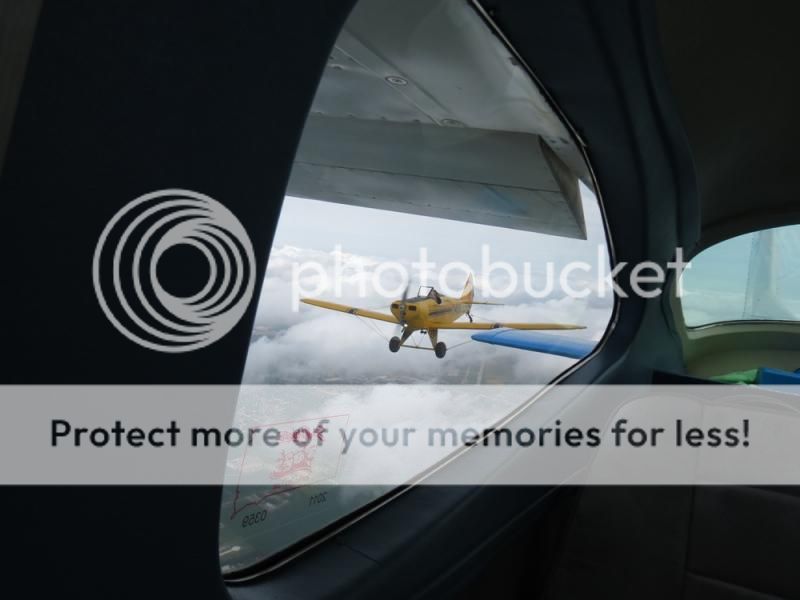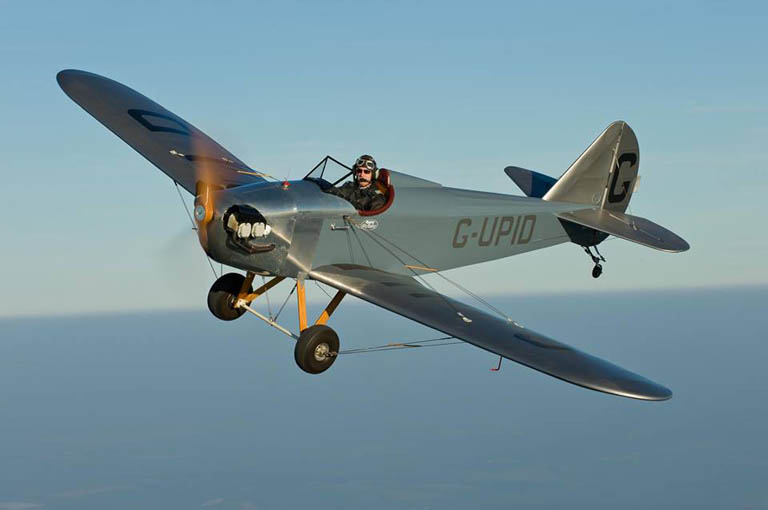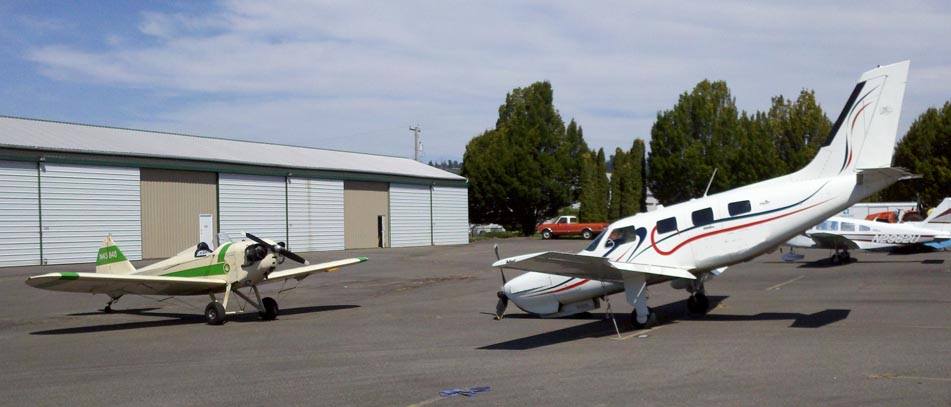I'm about 275 pounds, and my Fly Baby hasn't broken yet. If you're really interested, you can increase the spar size (3/4" to 1"), use the alternate flying-wire attachment method (recommended), and use 5/32" cable for the forward flying wires. Heavier weight means reduced performance, but a C-85 or O-200 engine takes care of that.
A stock Fly Baby once successfully underwent structural testing to show compliance with FAR 23 (required by Finnish regulations) to +6 and -3 Gs. Flying heavy reduces the margin, of course, but for normal flying there's good margin if you're a bit heavier.
One thing to keep in mind is the "usefulness" of useful load on a Fly Baby. There is, as the limerick goes, "Enough room for your *** and a gallon of gas..." but not a whole lot of volume for baggage. So build the airplane for your fuel tank size, your weight, and ~25 pounds worth of stuff in the turtledeck.
Fly Babies have had a number of wing-failure accidents. These can be mostly reduced to a couple of causes:
1. Neglect. Many Fly Babies were built in the '60s and '70s, and sold cheaply enough that they appealed to those who really couldn't afford the upkeep. A couple of Fly Babies were left outside in Florida (owners couldn't afford hangar rent) and the spar carry-throughs rotted. Bowers developed a reinforcement for the carry-through structure (metal straps) but it's not really needed if the plane is cared for.
2. Material substitution. Surprisingly, this stems from substitution of MORE expensive components, not less. Some builders have used solid flying wires instead of the stock cable/turnbuckle system. The solid system eliminated the "slip joint" effect of the cable, turnbuckles, and shackles. It transmitted vibration into the steel plates that attached the braces to the wing spars and these would fatigue-crack.
(BTW, chrome's a no-no, but this showed the fatigue so well...)
I recommend sticking with the stock cable/turnbuckle system (upgrade front ones to 5/32" if desired) and going with the alternate wing-wire attachment method.
Stock system:
Modified system (from the Fly Baby plans):
3. Builder/Maintainer Error.
A couple planes lost their wings because the builders used pliers instead of Nicopress swages. Another accident occurred to a newly-purchased Fly Baby that was not properly rigged after re-assembly.
Lots of Fly Baby safety information at:
http://www.bowersflybaby.com/safety/index.html
Advice for pre-buy inspections:
http://www.bowersflybaby.com/safety/used.htm
Ron Wanttaja











 That is pushing cheap to new limits.
That is pushing cheap to new limits.